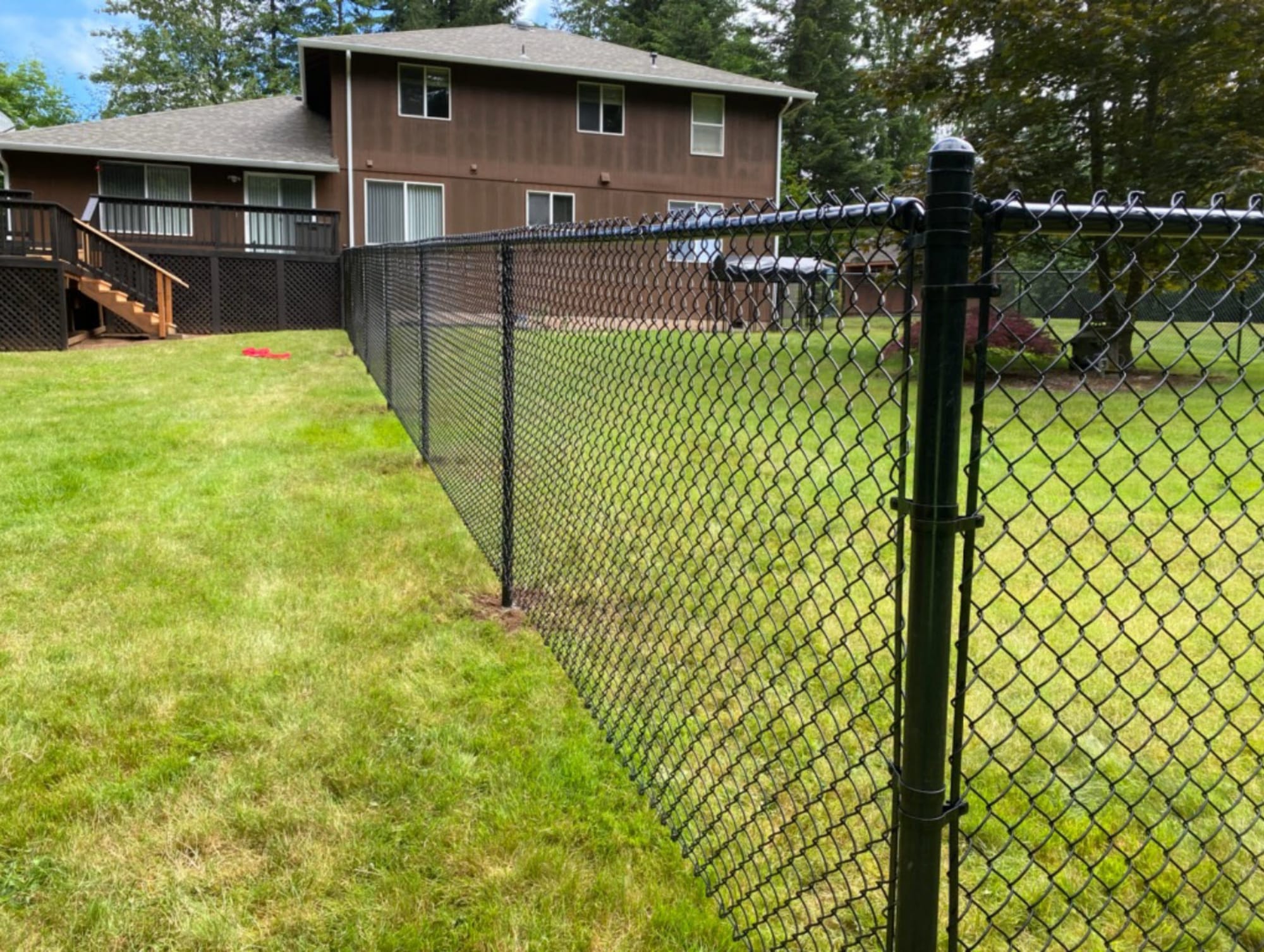All Categories
Featured

As sustainability ends up being a progressively important factor to consider for home owners, more people are transforming to eco-friendly secure fencing materials. Whether you're developing a fencing for personal privacy, security, or visual functions, choosing products that decrease ecological impact is a great way to add to a much healthier planet. Right here's a take a look at the top environment-friendly fence products available today and their advantages.
- Bamboo Secure Fencing: Fast-Growing and Renewable. Bamboo is one of the most sustainable fence materials on the market. Unlike conventional wood, bamboo is incredibly fast-growing, which indicates it can be collected without depleting woodlands. This makes it an extremely renewable resource, with some varieties growing up to 3 feet in a solitary day.
Ecological Benefits: Bamboo soaks up extra carbon dioxide than many various other plants, aiding to counter greenhouse gases. Its rapid growth price implies it can be collected regularly, making it an eco-friendly material. Sturdiness: Bamboo fencings are normally immune to bugs and degeneration, specifically when properly treated, lowering the demand for chemical therapies. Visual Appeal: Bamboo supplies a distinct, all-natural appearance that matches both standard and contemporary landscaping designs. While bamboo is a terrific alternative, it's essential to ensure that the bamboo made use of is sensibly sourced to avoid contributing to environmental degradation.
- Recycled Steel Fencing: Reusable and durable. Recycled steel fencing, such as light weight aluminum or steel, supplies an eco-friendly option to typical wood fencings. These steels are typically made from recycled products, reducing the need for brand-new mining and the environmental impact related to removing resources.

Environmental Advantages: Steels like aluminum and steel are 100% recyclable, meaning they can be reused and repurposed indefinitely without losing top quality. Longevity: Steel fences are incredibly sturdy, resistant to weather, insects, and use, making them a long-lasting selection that does not need to be changed often. Low Maintenance: Recycled steel fences call for marginal upkeep and do not require to be painted or secured on a regular basis, minimizing the demand for additional chemicals. The major drawback is that metal fencings may not give the exact same privacy as wood or vinyl choices, as they can have voids relying on the style.
- Recycled Wood Fencing: Sustainable and Natural. For those who like the timeless appearance of timber but desire an eco-friendly choice, recycled timber fence is an excellent option. This material is made from reclaimed wood from old buildings, pallets, and even furniture, drawing away these materials from land fills.
Environmental Benefits: Using recycled timber prevents the need to lower brand-new trees, aiding to preserve woodlands and minimize deforestation. Visual Charm: Recycled wood uses a rustic, natural look and can be personalized to fit any kind of home style. Sustainability: Because it is sourced from existing timber items, recycled wood does not require new handling, which minimizes energy consumption and carbon exhausts. While recycled timber fencings are an environmentally friendly choice, they might need even more maintenance with time than metal or bamboo fencings, as wood can be vulnerable to decay and parasites if not appropriately dealt with.

- Living Fences: All-natural and Environment-friendly. Living fences, which are made from thick growings like trees, bushes, or shrubs, use a completely all-natural and green choice to conventional secure fencing products. These fencings not just provide privacy yet likewise enhance your yard with lovely plant.
Environmental Advantages: Living fences can take in carbon dioxide, provide habitat for wildlife, and boost air quality. Sound Reduction: Dense growings can act as all-natural , lowering website traffic sound or various other undesirable sounds. Aesthetic Appeal: They add a soft, natural visual to any residential property and can be tailored to fit any type of design. While living fencings are eco-friendly, they do call for routine maintenance such as pruning, watering, and in some cases pest control.
- Hemp Fencing: Solid and eco-friendly. Hemp is another lasting product that has actually made its way into the fence industry. Hemp fences are made from solid hemp fibers that are woven together to create eco-friendly and durable panels.
Ecological Advantages: Hemp grows quickly and requires minimal water, making it a resource-efficient plant. The material is biodegradable and can be composted when no longer needed. Strength and Resilience: Hemp fencing is weather-resistant and surprisingly strong, making it ideal for numerous environments. Sustainability: Hemp farming requires less pesticides and fertilizers than typical crops, making it an ecologically accountable choice. Hemp fence might not be as widely offered as various other materials, depending on your place.
Conclusion: Sustainable Choices for each Need. Choosing environmentally friendly fencing products is a great method to decrease your environmental footprint while still accomplishing the privacy, protection, and aesthetic you desire. From fast-growing bamboo to recycled timber and steel, there are a range of sustainable choices that can aid you produce a gorgeous, functional fence while supporting a much healthier earth. By considering variables such as toughness, upkeep, and environmental impact, you can select the most effective eco-friendly secure fencing product for your demands and way of living.
Latest Posts
Reputable Industrial Roof Covering Services by Weathercraft
Published May 25, 25
1 min read
Uncover the Best Auto Repair Coupons in Montclare, Chicago
Published May 23, 25
1 min read
How to Know When Your Car Needs Skilled Car Repair at Montclare Auto Repair
Published May 23, 25
1 min read